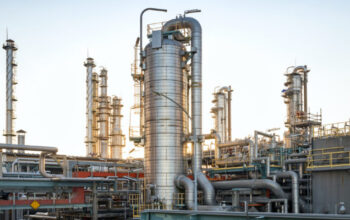The municipality of Luena in Moxico province has launched a 25.3 megawatt Solar Photovoltaic Park, now operational and capable of serving more than 171,000 consumers.
This new installation, costing over 36 million euros, features 43,680 solar panels. It is expected to save the province approximately 19.5 million liters of fuel annually and prevent the emission of more than 68 tons of carbon dioxide each year.
With the new park, Moxico gains an additional source of clean energy, enhancing the uninterrupted distribution of electricity.
Prior to this, Luena’s energy supply came from the Tchihumbwe-Dala hydro plant and two thermal plants, which together provide 26 megawatts of power.
João Baptista Borges, the Minister of Energy and Water, emphasized that the sector’s plan for 2023-2027 aligns with the long-term agenda until 2050.
This plan aims to further diversify the energy matrix by incorporating more renewable energy sources.
Minister Borges highlighted the Ministry’s goal of achieving a 50 percent electrification rate for Angola’s population, which is estimated at 33 million.
The country currently spends 214 million liters of diesel annually, costing over 43 billion kwanzas. The installation of solar parks across Angola aims to significantly reduce this dependency on diesel.
The “Energy Angola 2025” plan, a key government initiative, seeks to diversify the nation’s energy sources and ensure that approximately 82 percent of the rural population has access to electricity.
Diversification of the Energy Matrix
The Luena Photovoltaic Park is part of a broader initiative to build seven solar parks across various provinces, including Benguela (Baía Farta and Biópio), Huambo (Bailundo), Bié (Cuito), Lunda-Norte (Lucapa), and Lunda-Sul (Saurimo). The parks in Saurimo, Biópio, and Baía Farta are already operational.
This ambitious project, developed by an international consortium consisting of SunAfrica and MCA, has already completed three parks on schedule.
These efforts provide clean and renewable energy to approximately 2.4 million Angolans and contribute to an annual reduction of about one million tons of CO2 emissions.
Moreover, the solar parks eliminate the need for around 1.4 million liters of diesel for generators and thermal production, resulting in substantial savings on fuel import costs and significantly reducing environmental pollution.
![]()




